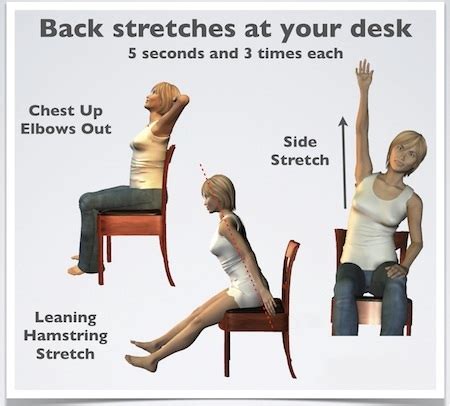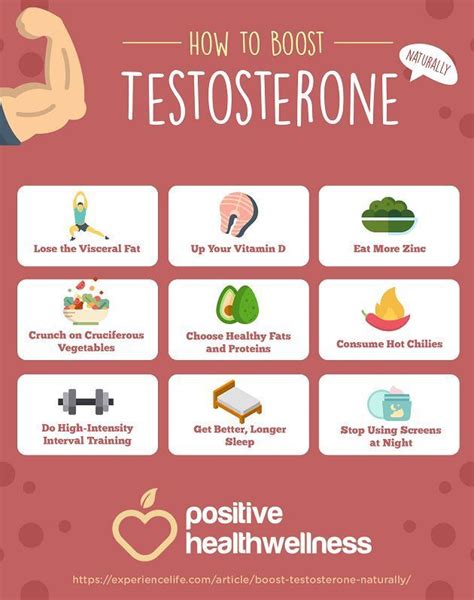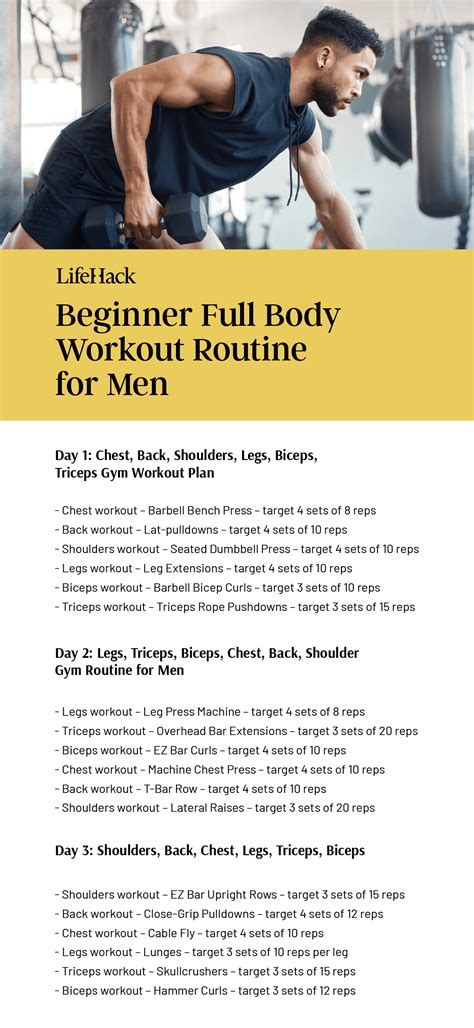Understanding Desk Job Lower Back Pain
Prolonged sitting at a desk can wreak havoc on your lower back. When you sit for extended periods, the muscles in your lower back, glutes, and hamstrings can become tight, while your core muscles may weaken. This imbalance often leads to poor posture, increased pressure on the spinal discs, and ultimately, chronic lower back pain. Fortunately, incorporating simple stretches into your daily routine can significantly reduce discomfort and improve your spinal health.
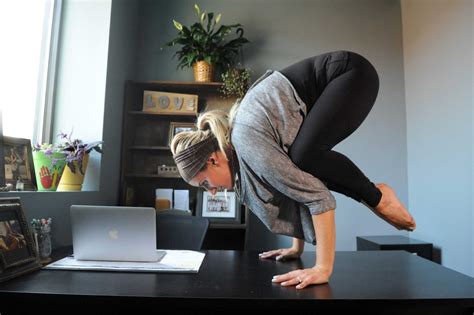
Essential Stretches for Lower Back Relief
Here are some of the best stretches you can do to combat lower back pain, many of which can even be performed at your desk.
1. Knee-to-Chest Stretch
- How to do it: Lie on your back with both knees bent and feet flat on the floor. Bring one knee towards your chest, grasping it with both hands. Gently pull the knee closer until you feel a comfortable stretch in your lower back and glute. Hold for 20-30 seconds, then repeat with the other leg.
- Benefits: This stretch gently lengthens the lower back muscles and provides traction to the spine, relieving pressure.
2. Cat-Cow Stretch
- How to do it: Start on your hands and knees, with your hands directly under your shoulders and knees under your hips. Inhale as you drop your belly towards the floor, lifting your head and tailbone (Cow pose). Exhale as you round your spine towards the ceiling, tucking your chin and tailbone (Cat pose). Flow between these two positions for 5-10 repetitions.
- Benefits: Improves spinal mobility and flexibility, and warms up the back muscles.
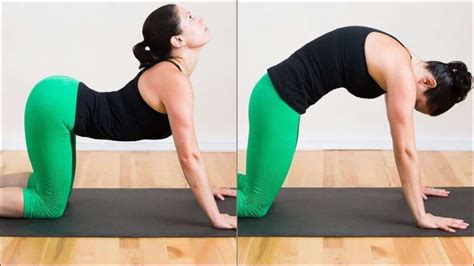
3. Seated Spinal Twist
- How to do it: Sit tall in your chair with feet flat on the floor. Twist your torso to one side, placing your hand on the back of the chair for support or grasping the opposite knee. Look over your shoulder to deepen the twist. Hold for 20-30 seconds, then gently unwind and repeat on the other side.
- Benefits: Releases tension in the mid and lower back, improving spinal rotation and flexibility.
4. Piriformis Stretch (Figure Four Stretch)
- How to do it: Sit upright in your chair. Place one ankle over the opposite knee, forming a ‘figure four’ shape. Gently lean forward, keeping your back straight, until you feel a stretch in your glute and hip. Hold for 20-30 seconds, then switch legs.
- Benefits: Targets the piriformis muscle, which can compress the sciatic nerve and contribute to lower back and leg pain, especially from prolonged sitting.
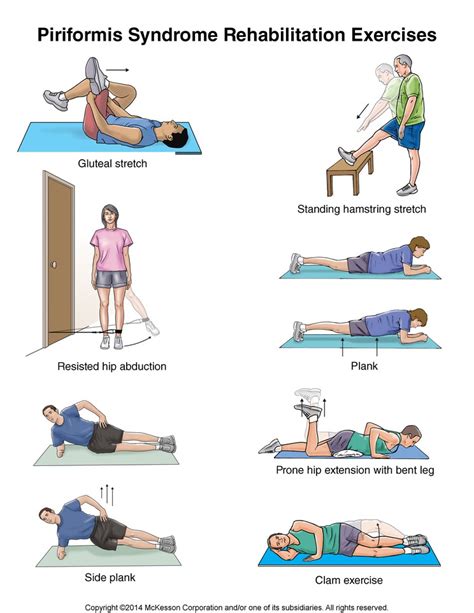
5. Pelvic Tilts
- How to do it: Lie on your back with knees bent and feet flat, or sit in your chair with feet flat. Gently flatten your lower back against the floor or chair by tilting your pelvis upwards, engaging your abdominal muscles. Hold for a few seconds, then release. Repeat 10-15 times.
- Benefits: Strengthens core muscles and improves awareness of pelvic and spinal alignment, reducing strain on the lower back.
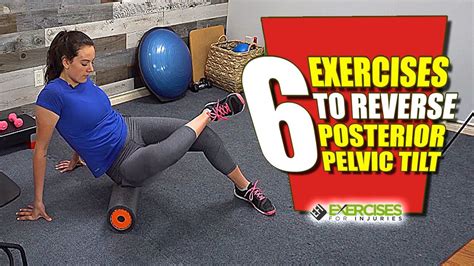
Prevention and Ergonomics Tips
While stretching is crucial, preventing lower back pain starts with good habits and an ergonomic setup:
- Take regular breaks: Stand up, walk around, and stretch every 30-60 minutes.
- Optimize your workstation: Ensure your chair provides good lumbar support, your feet are flat on the floor or a footrest, and your monitor is at eye level.
- Maintain good posture: Sit with your shoulders back and down, core engaged, and a natural curve in your lower back.
- Stay hydrated: Water helps keep spinal discs healthy and pliable.
- Strengthen your core: A strong core supports your spine and takes pressure off your lower back.
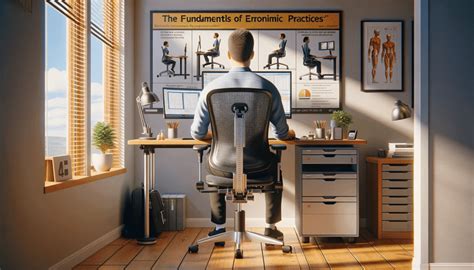
When to Seek Professional Help
While these stretches can provide significant relief, it’s important to consult a healthcare professional if your lower back pain is severe, persistent, accompanied by numbness or tingling in your legs, or interferes with daily activities. They can diagnose the underlying cause and recommend a tailored treatment plan.
Conclusion
Integrating these simple yet effective stretches into your daily routine, combined with ergonomic adjustments and regular movement, can make a substantial difference in managing and preventing lower back pain from your desk job. Prioritize your spinal health to enjoy a more comfortable and productive workday.
